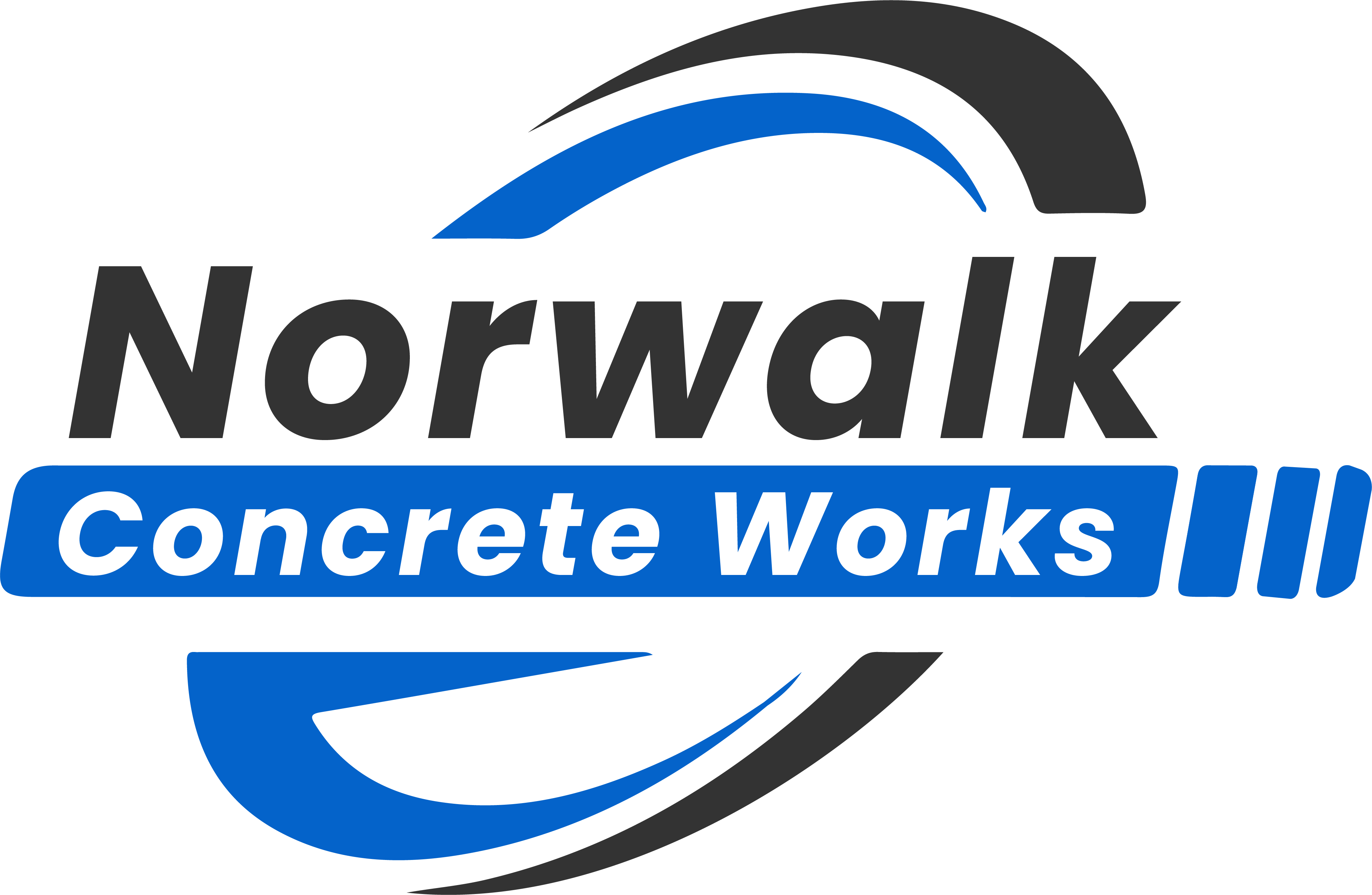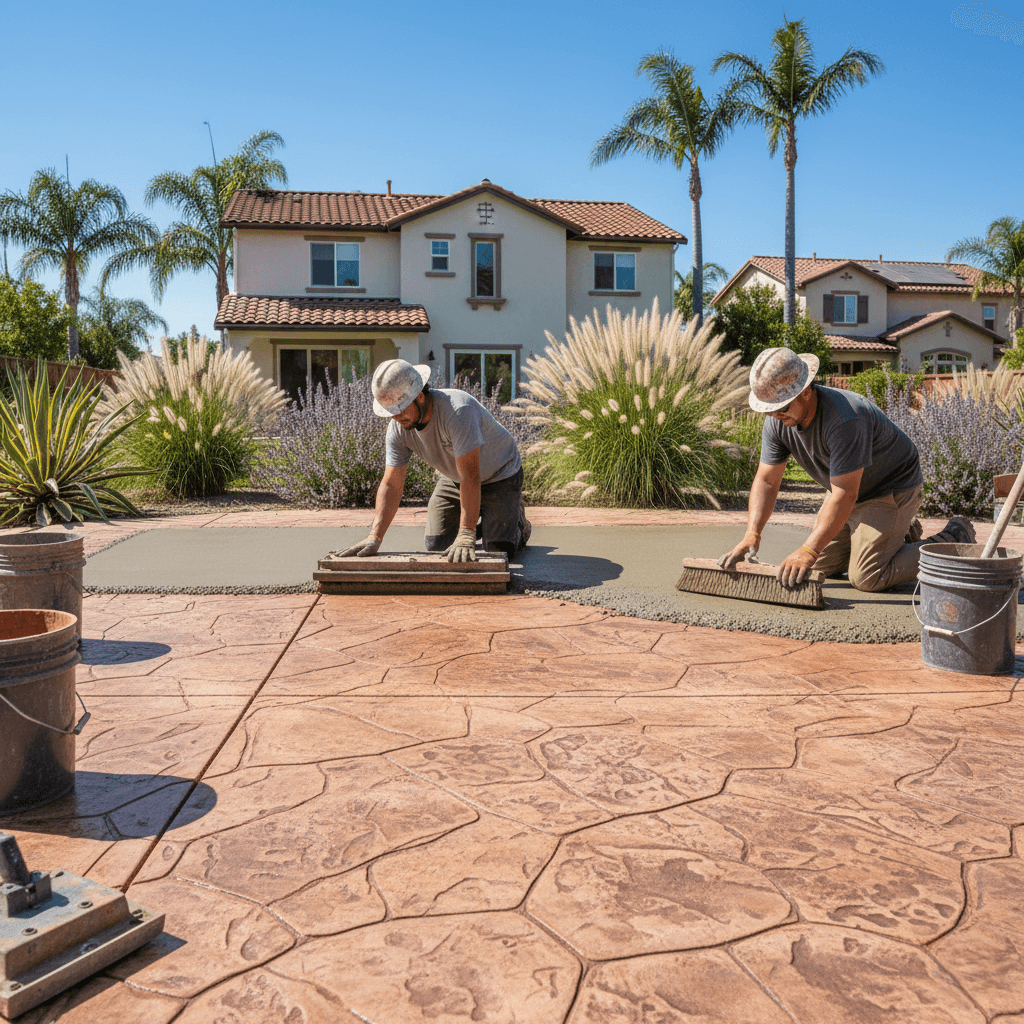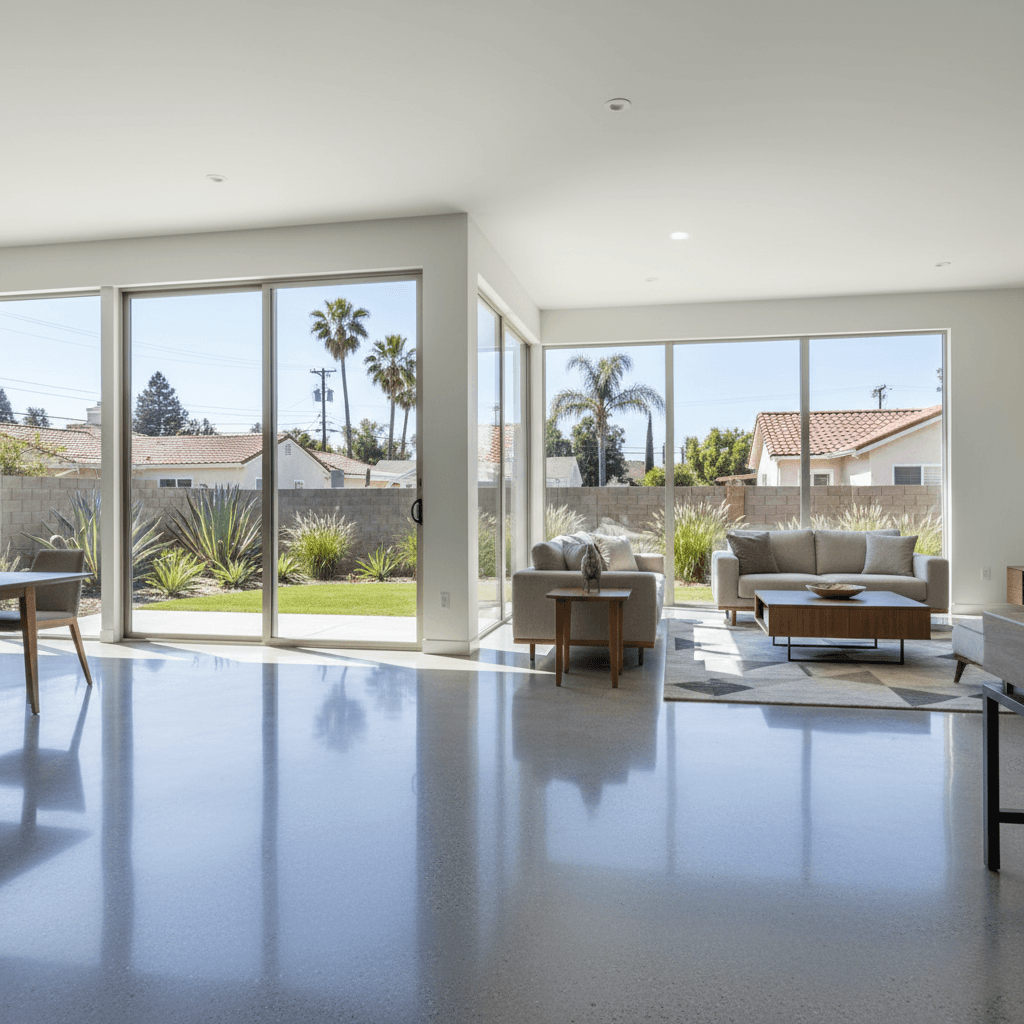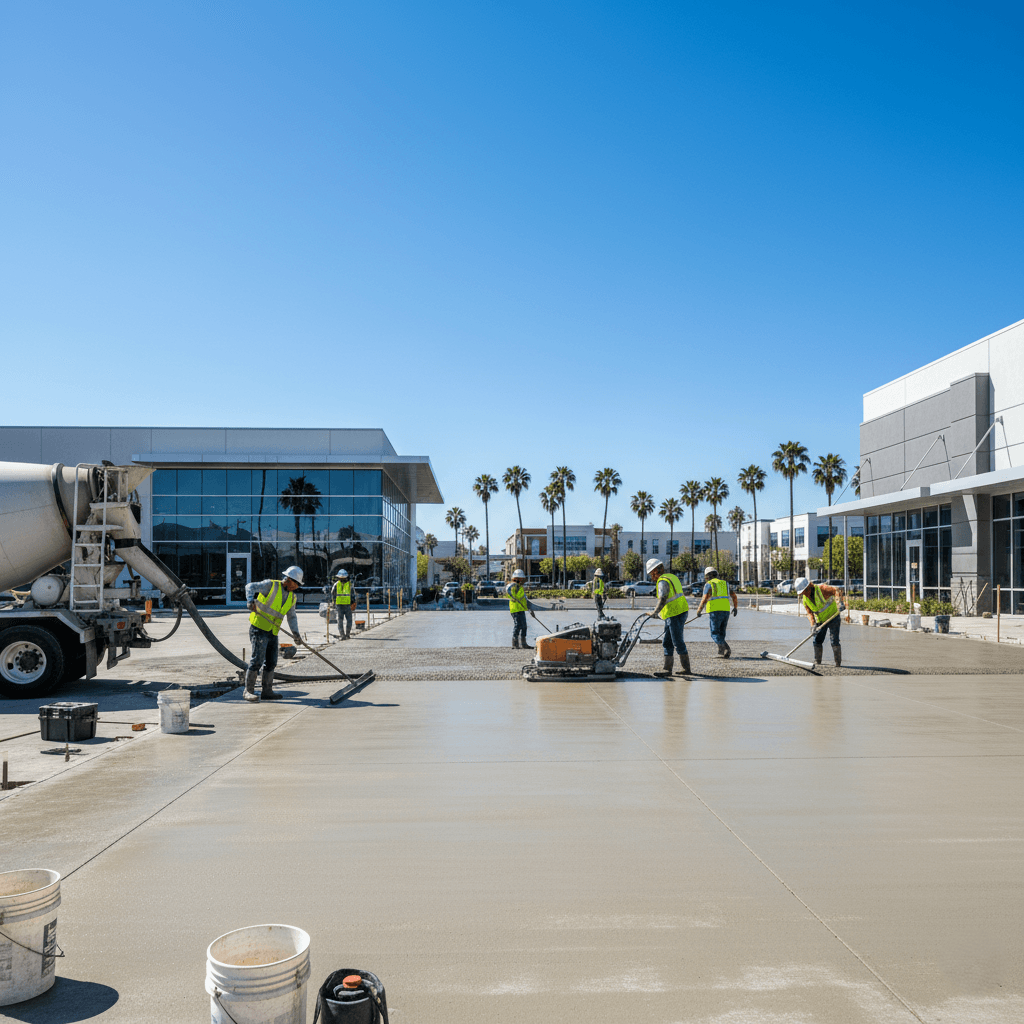
Norwalk Retaining Walls: Gravity or Cantilever?
Concrete Retaining Wall Norwalk
Choosing between gravity and cantilever designs represents a crucial decision for concrete retaining wall projects in Norwalk residential properties. Each system offers distinct advantages depending on site conditions, height requirements, and available space. Professional engineers evaluate factors such as soil characteristics, drainage patterns, and structural loads to determine optimal solutions. Furthermore, California building codes mandate specific design criteria that influence system selection for walls exceeding four feet in height. Understanding these fundamental differences helps property owners make informed decisions about retaining wall design and construction.
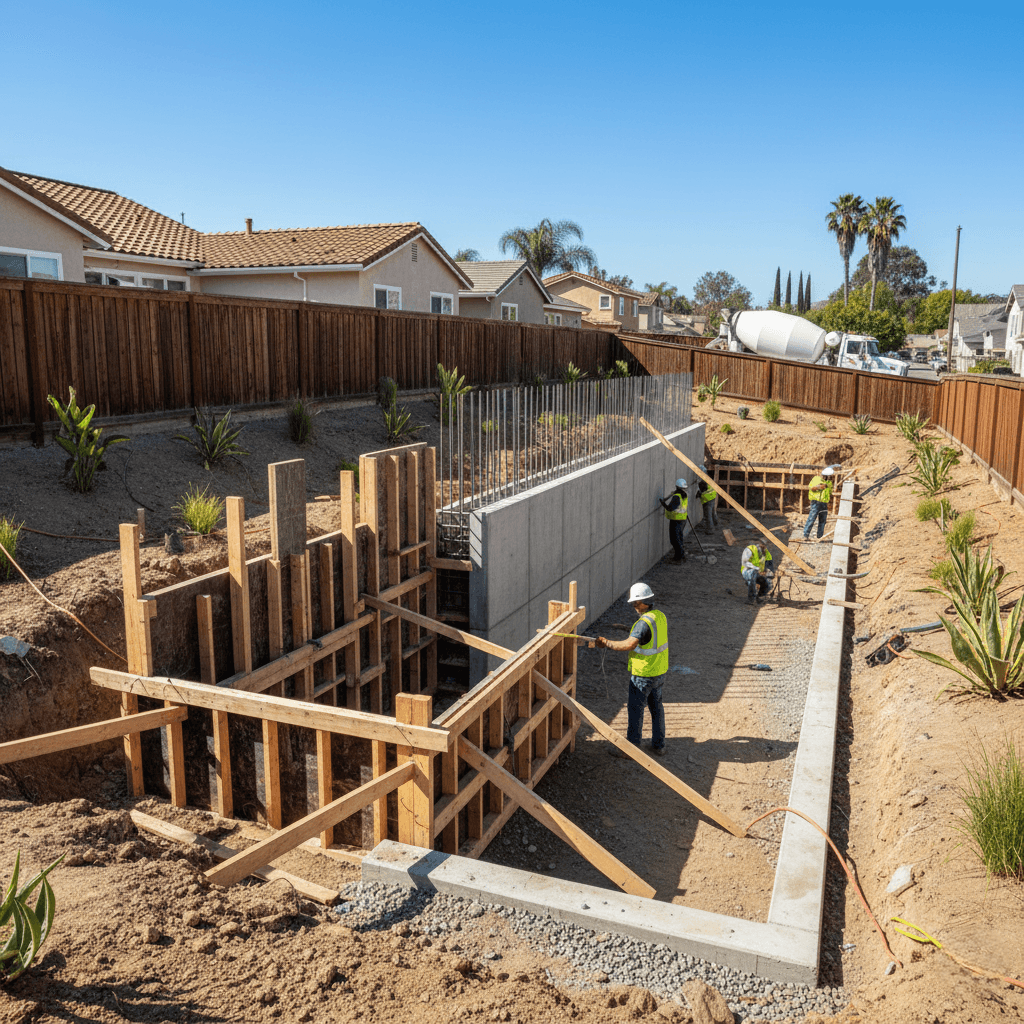
Understanding Gravity Retaining Wall Systems
A gravity retaining wall relies primarily on its substantial mass to resist lateral earth pressures from retained soil. These structures typically feature thick concrete sections with wider bases that distribute loads effectively across foundation soils. Traditional designs incorporate sloped faces that lean back toward the retained material, improving stability through geometric advantages.
Mass concrete construction characterizes most gravity wall applications in residential settings. Material requirements include high-strength concrete with a minimum 4,500 PSI compressive strength to meet California building standards. Additionally, proper drainage systems prevent hydrostatic pressure buildup that could compromise structural integrity. Weep holes and French drains provide essential moisture management for long-term performance.
Advantages and Limitations
Gravity walls excel in applications requiring simple construction techniques and minimal reinforcement complexity. Their robust nature provides excellent durability for properties near the Norwalk Transportation Center area, where vibration resistance matters. However, material volumes increase significantly with wall height, making them less economical for taller applications.
Height limitations typically restrict gravity walls to applications under six feet in residential settings. Beyond this threshold, foundation requirements and concrete volumes become prohibitive for most homeowners. Space requirements also limit applications on smaller lots common throughout Norwalk neighborhoods.
Cantilever Retaining Wall Engineering
Cantilever retaining wall systems utilize structural engineering principles to achieve stability with significantly less material than gravity alternatives. These designs feature reinforced concrete stems connected to horizontal base slabs that extend beneath retained soil. The configuration creates a structural cantilever that efficiently resists overturning moments.
Steel reinforcement placement follows precise engineering calculations to handle bending stresses and shear forces. Primary reinforcement runs vertically through the stem wall while horizontal bars control temperature and shrinkage effects. Base slab design incorporates both heel and toe sections that distribute loads and provide foundation stability.
Design Benefits and Applications
Cantilever systems accommodate greater heights while using substantially less concrete than gravity alternatives. Professional contractors can construct walls up to 25 feet tall using cantilever principles, making them suitable for challenging slopes near the San Gabriel River corridor. Space efficiency allows installation on constrained sites where gravity walls would be impractical.
Reinforced concrete construction provides excellent resistance to seismic forces, particularly important in Southern California applications. Modern design software optimizes reinforcement patterns to meet both strength and economic requirements. Precast options reduce installation time while maintaining structural performance standards.
Comparative Analysis for Norwalk Properties
Site conditions significantly influence system selection for residential concrete retaining wall projects. Soil bearing capacity determines foundation requirements for both gravity and cantilever designs. Clay soils common in Norwalk may require special consideration for expansive characteristics that affect long-term stability.
Economic factors often favor cantilever systems for walls exceeding four feet in height. Material costs decrease substantially due to reduced concrete volumes. However, design complexity requires professional engineering services that add to project expenses. Construction costs may also increase due to reinforcement placement requirements.
Height and Space Considerations
Property boundaries and setback requirements influence retaining wall design throughout Norwalk residential areas. Gravity walls require significant space behind the structure for proper proportioning. Cantilever systems minimize space requirements while maximizing usable yard area for homeowners.
Building code requirements mandate professional design for walls over four feet in retained height. California regulations specify safety factors of 1.5 against sliding and overturning for standard applications. Seismic considerations may reduce these factors to 1.1 when earthquake loads are included in the analysis.
Local Building Code Requirements
Norwalk follows California Building Code standards that establish comprehensive requirements for concrete retaining wall construction. Permit requirements apply to walls exceeding three feet in exposed height or any wall supporting surcharge loads. Professional engineering becomes mandatory for walls subject to permit requirements.
Structural calculations must address stability against overturning, sliding, bearing capacity failure, and hydrostatic uplift. Design professionals evaluate active earth pressures based on soil characteristics and geometric constraints. Seismic analysis incorporates additional lateral forces specified in current building codes.
Drainage and Waterproofing Standards
Proper drainage design prevents moisture-related problems that plague many retaining walls throughout Southern California. Building codes require drainage systems that include perforated pipes placed at wall foundations. Gravel backfill provides filtration while preventing fine soil migration that could clog drainage systems.
Waterproofing applications protect concrete surfaces from moisture penetration and chemical attack. Membrane systems applied to soil-facing surfaces create barriers against aggressive groundwater. Surface treatments on exposed faces provide additional protection against weathering and staining.
Construction Techniques and Quality Control
Professional installation begins with precise excavation and foundation preparation. Soil bearing capacity verification ensures adequate support for design loads. Compacted aggregate base courses provide uniform bearing conditions for concrete placement.
Reinforcement placement follows engineering drawings with careful attention to cover requirements and lap splice details. Concrete placement procedures ensure complete consolidation around steel reinforcement. Proper curing techniques achieve specified strength and durability characteristics for long-term performance.
Inspection and Testing Requirements
Building departments require inspection at critical construction phases to verify code compliance. Foundation inspections occur before concrete placement to verify excavation depth and reinforcement placement. Concrete inspections ensure proper mix design and placement procedures meet specifications.
Material testing includes concrete strength verification through cylinder tests and reinforcement mill certifications. Quality control measures prevent defects that could compromise structural performance. Professional contractors maintain detailed records for warranty and insurance purposes.
Maintenance and Long-term Performance
Regular maintenance preserves the concrete retaining wall’s appearance and structural integrity over decades of service. Cleaning removes surface contaminants that can cause staining or chemical attack. Joint sealing prevents moisture intrusion that could damage reinforcement through corrosion processes.
Drainage system maintenance includes periodic cleaning of weep holes and French drains. Vegetation management prevents root systems from affecting wall stability or drainage performance. Professional inspection identifies minor issues before they develop into costly repairs.
Repair and Restoration Procedures
Early intervention addresses minor cracks and surface defects before they compromise structural performance. Crack injection techniques restore concrete continuity while preventing further deterioration. Surface treatments renew protective coatings and enhance weather resistance.
Major repairs may require partial reconstruction when structural integrity becomes compromised. Professional assessment determines whether localized repairs suffice or complete replacement becomes necessary. Modern repair materials often exceed original concrete performance characteristics.
Climate Considerations for Norwalk
Mediterranean climate patterns create unique challenges for retaining wall construction throughout the Los Angeles County region. Summer heat affects concrete curing and may require special placement procedures. Winter rainfall tests drainage systems and waterproofing applications.
Seismic activity requires special attention to reinforcement details and construction quality. Properties near major transportation corridors like Imperial Highway experience additional dynamic loads from traffic vibrations. Design professionals account for these factors in structural calculations.
Environmental Factors
Coastal influences bring salt-laden moisture that accelerates concrete deterioration if not properly addressed. Protective coatings and proper concrete cover protect reinforcement from corrosion. Air entrainment improves freeze-thaw resistance for elevated locations that experience temperature cycling.
Local soil conditions include expansive clays that create additional lateral pressures during wet seasons. Proper drainage design mitigates these effects while maintaining structural stability. Professional soil analysis identifies problematic conditions before construction begins.
Professional Design and Installation Services
Licensed structural engineers provide design services that meet California building code requirements while optimizing system performance and cost-effectiveness. Professional analysis considers site-specific conditions, including soil characteristics, seismic requirements, and geometric constraints. Computer modeling ensures accurate load calculations and reinforcement design.
Norwalk Concrete Works specializes in both gravity retaining walls and cantilever retaining wall systems for residential applications throughout the greater Los Angeles area. We provide comprehensive services from initial site evaluation through final inspection and warranty coverage. Additionally, our experienced team understands local soil conditions, building code requirements, and construction challenges that affect project success, ensuring that your concrete retaining wall provides decades of reliable service while enhancing property value and functionality.
